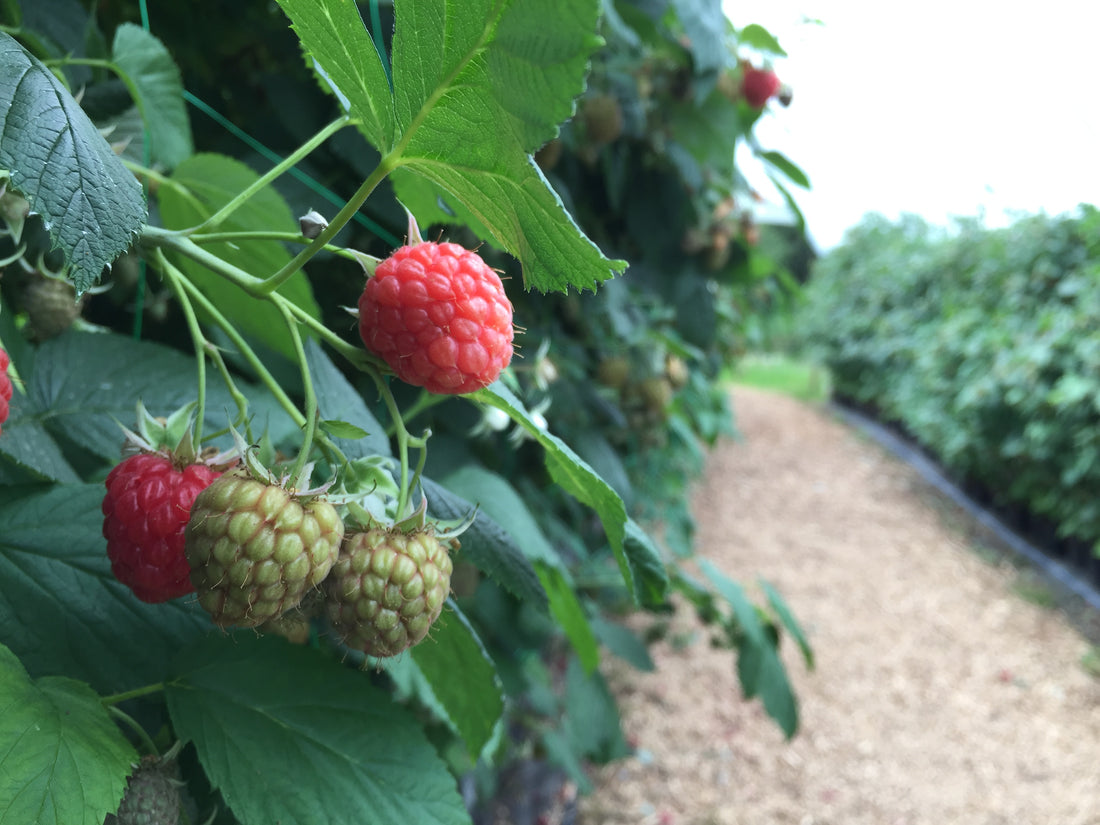Pheromone monitoring traps are a key tool to understand the risk posed by a specific pest population and to support crop management decisions. Trap catch numbers can be directly linked to action thresholds to guide agronomists and farmers on when pest management steps are required. Additionally, in combination with an understanding of the target insect development, they allow improved timing of pesticide treatments for when a specific life-stage is present.
Pheromone monitoring traps are a relative low cost input and have minimal labour needed for recording and maintenance. Their use supports more cost efficient use of insecticides by optimising their time of use to when the pest is present. With the number of treatment options decreasing, those remaining being more expensive and newer technologies often being more specific in their target activity, insect monitoring traps are becoming ever more important.
- Identify which pests are present and active
- Understand risk to the crop and when an action threshold is reached
- Use insecticides more efficiently
- Provide local scale monitoring to compliment broader monitoring and forecasting
What are pheromone monitoring traps?
Pheromone traps attract and catch specific insects, they give an overview of activity from a specific pest within a crop.
Pheromones are one group of semio-chemicals naturally produced by insects to communicate. Pheromones are chemical compounds produced to communicate information relating to reproduction, for example attracting a mate. They are typically, but not exclusively, produced by female insects to attract males and are species specific. Monitoring traps use manufactured pheromone which are carried in a material designed to give gradual and constant release over a period of time. The material used to carry the pheromone will vary depending on the pheromone molecule, but is typically a rubber septa.
There are a wide range of trap designs available, with the optimal product depending on the pest species, pest population and cropping system. For soft fruit crops, Delta traps are the most common with the pheromone lures also suitable for use in funnel traps for larger pest species of where high pest populations are expected.
What pheromone traps are available for soft fruit crops?
Andermatt are able to supply a full range of pheromone traps, not all of which are detailed on our website. There are a wide range of crops within soft fruit with some being more prone to insect attack than others. Delta traps are commonly used for smaller caterpillar species such as Diamondback moth (Plutella xylostella, DBM), Light Brown Apple Moth (LBAM, Epiphyas postvittana) and European pepper moth (Duponchelia fovealis) or midges such as Red blackberry midge (Dasineura plicatrix). For larger moth species (such as cabbage moth Mamestra brassicae) or where very high pest populations are expected pheromone lures can be used in funnel traps. Some trap designs combine pheromones with visual attraction such as the blue sticky card of the Common green capsid (Lygocoris pabulinus) trap. Whilst site history will provide a guide on those pests which pose a high risk, because of the migratory nature of key pest insect species such Diamondback moth (Plutella xylostella, DBM) there may be significant year to year differences in pest pressure. There are also certain cropping systems (such as strawberry) which frequently replace plants and rely on a high level of movement of plant material potentially transporting and introducing pests to a site. Within the UK soft fruit production (strawberry, raspberry, blueberry, blackberry) the key insect pest pheromone traps are:
- Light Brown Apple Moth (LBAM, Epiphyas postvittana)
- European pepper moth (Duponchelia fovealis)
- Diamondback moth (DBM, Plutella xylostella)
- Common green capsid (Lygocoris pabulinus)
A range of other monitoring traps are available for other pests such as Spotted Wing Drosophila (Drosophila suzukii, SWD) and Raspberry beetle (Byturus tomentosus) but these use other attractants, such as plant volatiles, instead of pheromones.
How to use pheromone monitoring traps in an Integrated Pest Management (IPM) program?
Monitoring for a pest is a cornerstone of an Integrated Pest Management (IPM) program. It allows early identification of the presence of the pest and the risk posed to the crop. Trapping systems such as Andermatt pheromone traps should be used alongside other management practices including good crop hygiene, crop scouting, management of beneficial predator populations and use of Plant Protection Products (PPP).
Best practice for using pheromone traps in soft fruit crops:
- Mark on the trap the target pest being caught
- Use 1 trap per target species
- If using multiple traps for multiple species within the same crop space traps at least 50 m apart
- Trap placement: Place within the crop area at head height or at a height just above the crop whichever is lower. Ensure foliage does not obstruct insect access
- Trap location: Place centrally within the crop
- Trap counting frequency: Once or twice per week
- Use ‘Trap Catch Record’ to record catches and archive to further understand site history
- After recording the number of insects trapped, remove insects from the trap
- Replace lure as frequently as instructed
- If using a Delta trap, replace white sticky insert at same time as lure, or more frequently if glue becomes filled with insects, scales or dirt
- If using a funnel trap, replace the water and washing detergent in the trap at the same time as the lure or more frequently if it becomes filled with insect, scales and dirt.
- Traps can be used for multiple years. If reused, a trap should be used for the same insect species
Benefits to the environment.
Understanding when a pest is present is key to planning an ecologically sound integrated pest management strategy. Identifying adult pest activity and planning future action is better for both the environment and the user rather than reactive action when the more destructive stages of the life cycle are present. Pheromone traps are specific in their action only attracting specific insect species.

